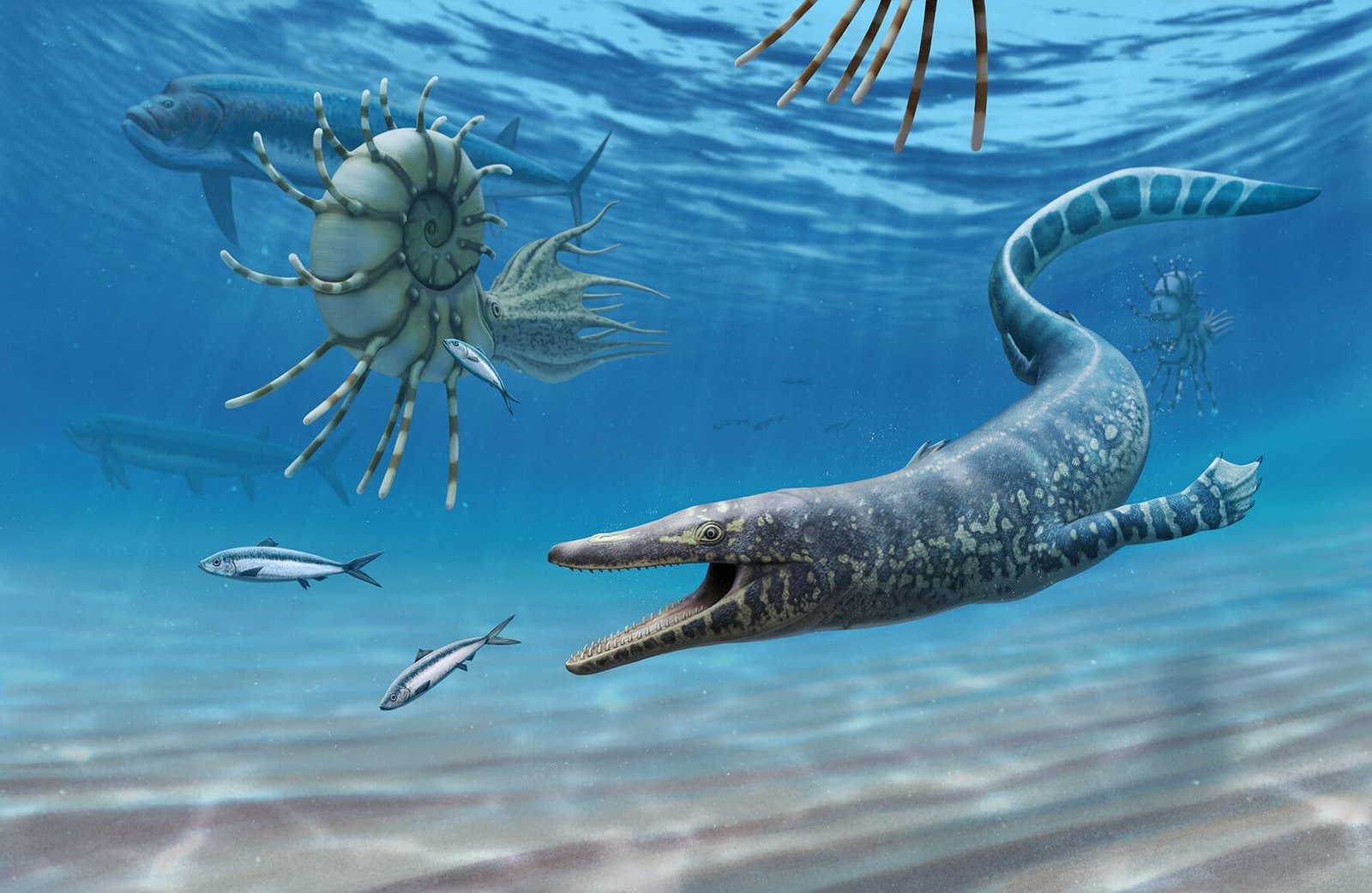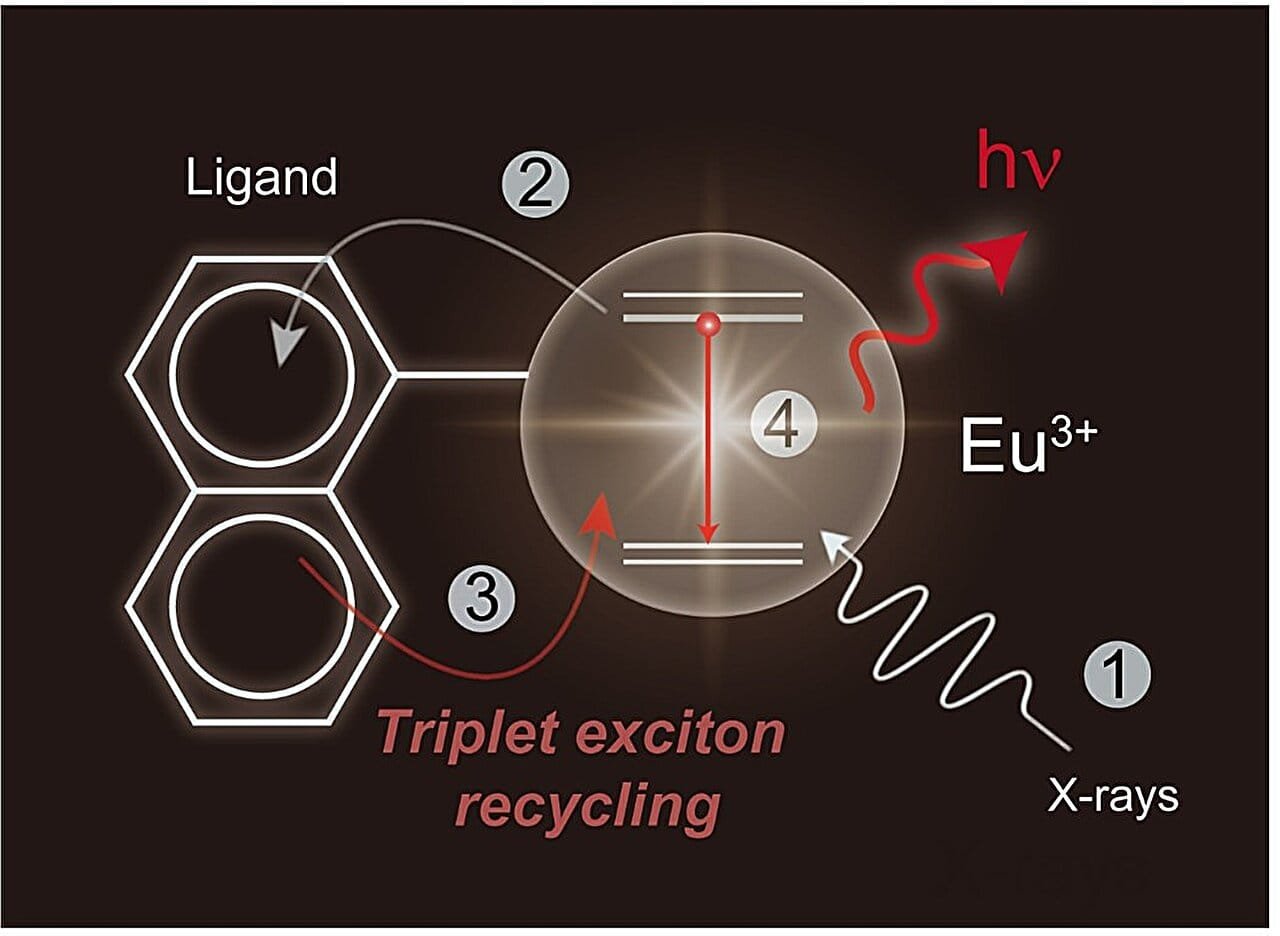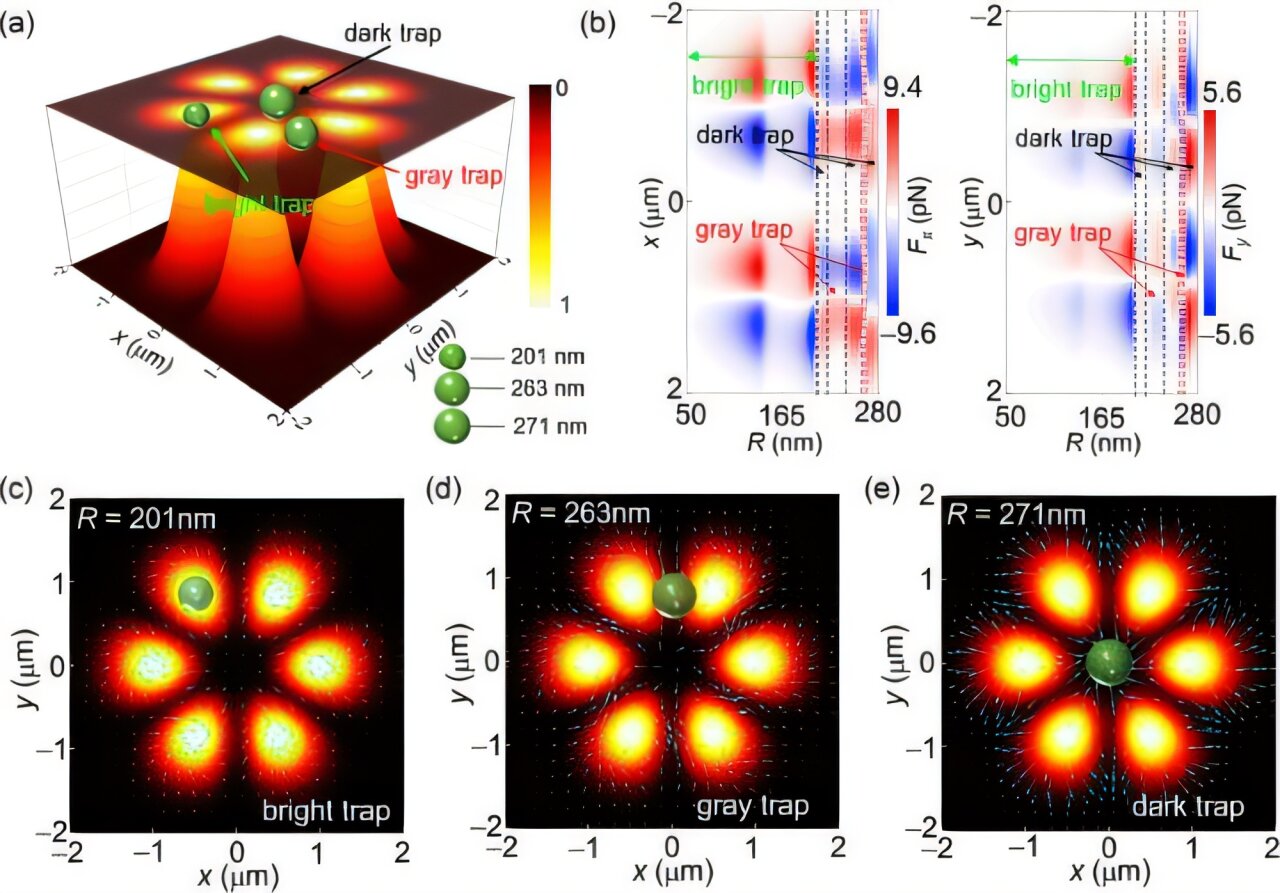The evolution of mosasaurs, a fascinating group of marine reptiles that thrived during the Late Cretaceous period, has long intrigued scientists. These creatures, often referred to as “sea lizards,” were apex predators of their time, displaying a remarkable transition from land-dwelling ancestors to highly specialized marine hunters. New research by paleontologist Polcyn, culminating in his Ph.D. at Utrecht University, has provided groundbreaking insights into the evolutionary history, biology, and behavior of these extraordinary reptiles.
Mosasaurs are a prime example of macroevolution, showcasing the emergence of new and distinct groups of animals at levels above the species. Despite being the subject of study for centuries, these marine reptiles continue to yield surprises, thanks to novel research techniques and technological advancements. Polcyn’s work highlights the importance of combining traditional paleontological methods with cutting-edge technologies such as micro-CT scanning. This approach has not only clarified the evolutionary origins of mosasaurs but also shed light on their anatomical adaptations, ecological roles, and even feeding behaviors.
One of the key contributions of Polcyn’s research is his exploration of the evolutionary relationships of mosasaurs. By studying the internal structures of their braincases using advanced imaging techniques, he has been able to resolve long-standing debates about their origins. His findings support the idea that mosasaurs are closely related to monitor lizards rather than snakes, as some earlier studies had suggested. This conclusion aligns with a broader understanding of their evolutionary trajectory and provides a clearer picture of how these lizards transitioned from land to sea around 100 million years ago.
The transition of mosasaurs to marine environments is a remarkable evolutionary story. Over a span of 34 million years, they diversified into a wide array of species, occupying different ecological niches and habitats. Some evolved to be streamlined swimmers, while others developed powerful jaws and teeth adapted for crushing prey. This diversity allowed mosasaurs to dominate the marine ecosystems of the Late Cretaceous period, preying on fish, squid, and even other marine reptiles.
Polcyn’s research delves deeply into the feeding biology of mosasaurs, offering new perspectives on their dietary habits and ecological interactions. One particularly spectacular discovery was a fossilized mosasaur from Angola containing the remains of three other mosasaurs in its stomach, one of which belonged to the same species as the predator. This finding represents the first documented evidence of cannibalism in mosasaurs and raises intriguing questions about their hunting and scavenging behaviors. Whether the predator actively hunted its prey or scavenged the remains is uncertain, but the discovery underscores the complexity of their ecological interactions.
In addition to individual case studies, Polcyn conducted a comprehensive analysis of the feeding behavior of mosasaurs over their evolutionary history. By integrating previously published data with new findings, he examined patterns of foraging area segregation and feeding diversity across a period spanning from 92 to 66 million years ago. This large-scale study, encompassing fossil discoveries from around the world, revealed how different species of mosasaurs partitioned their ecological niches, minimizing competition and maximizing resource use. Such insights highlight the adaptability and ecological success of mosasaurs as they evolved to dominate marine environments.
Despite their success, mosasaurs, like many other species, fell victim to the mass extinction event 66 million years ago, triggered by a catastrophic asteroid impact. This event not only wiped out the dinosaurs but also marked the end of mosasaurs and many other marine species. However, their fossils remain as a testament to their evolutionary achievements and provide a window into a world dominated by marine reptiles.
Polcyn’s research also underscores the value of revisiting historical specimens with modern techniques. Advanced imaging technologies, such as micro-CT scanning, have allowed scientists to extract new anatomical information from old fossils, offering fresh perspectives on long-standing questions. By applying these methods to both newly discovered and previously studied specimens, Polcyn has been able to address gaps in our understanding of mosasaur evolution and refine their phylogenetic relationships.
Understanding the evolutionary history of mosasaurs is not just about tracing their lineage; it also provides insights into broader patterns of adaptation and diversification. The transition from land to sea required significant anatomical and physiological changes, including the development of paddle-like limbs, tail flukes for propulsion, and specialized respiratory and sensory systems. These adaptations highlight the dynamic nature of evolution and the ability of organisms to exploit new environments.
Love this? Share it and help us spark curiosity about science!











